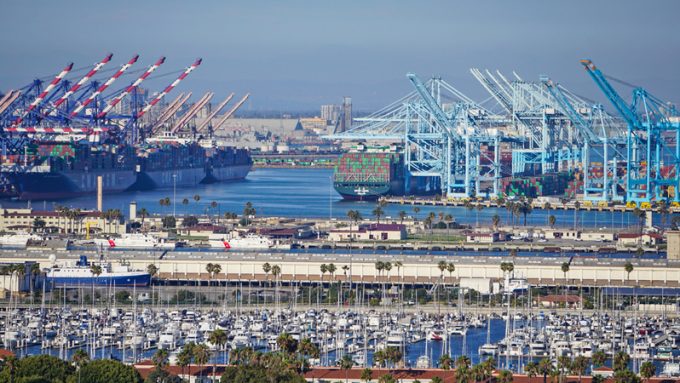Pre-tariff rush of goods from US to China sees air rates soar, but not for long
Beijing’s decision to impose higher tariffs on US goods has led to a rush of ...

Shippers are resigned to the probability that container spot freight rates from Asia will remain at their current high levels for some time after Chinese New Year.
Today’s beginning of the Chinese lunar new year would usually herald several weeks of downward pressure on freight rates, but so far there are no indications of a slack season developing in the first half of the Year of the Ox.
“After a year of so much uncertainty, there is a little bit more certainty in ...
Asia-USEC shippers to lose 42% capacity in a surge of blanked sailings
Why ROI is driving a shift to smart reefer containers
USTR fees will lead to 'complete destabilisation' of container shipping alliances
New USTR port fees threaten shipping and global supply chains, says Cosco
Outlook for container shipping 'more uncertain now than at the onset of Covid'
Transpac container service closures mount
DHL Express suspends non-de minimis B2C parcels to US consumers

Comment on this article